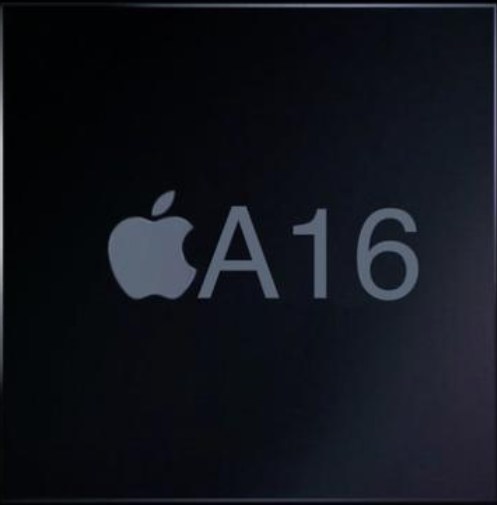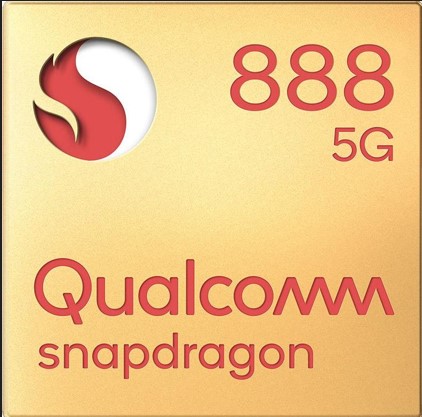Apple A16 Bionic vs Qualcomm Snapdragon 888
We’ve conducted a comprehensive side-by-side comparison between the latest
A16 Bionic chip and Snapdragon 888
SoCs, from
Apple and Qualcomm respectively. Our
analysis delves into the performance of these
6-core and 8-core processors, based on
Geekbench, Antutu, and 3DMark
benchmark results, providing
detailed technical comparisons.
Review
General comparison of performance, power consumption,
and other
indicators
CPU Performance
Evaluation of Single-Core and
Multi-Core Processor Performance
Gaming Performance
Gaming and OpenCL/Vulkan
Performance of the Graphics Processing Unit (GPU)
Battery life
Energy Efficiency in Battery Usage
Tech Insist Score
Overall Performance Rating of the
Chip
Key Differences
Main differences and advantages of each chip
Pros of A16 Bionic chip
Pros of Snapdragon 888
Benchmarks
Evaluating performance through competitive testing in
leading benchmarks.
AnTuTu 10
The AnTuTu Benchmark evaluates CPU, GPU, RAM, and I/O
capabilities across various scenarios.
CPU
247110
211734
GPU
408357
306250
Memory
162944
133870
UX
146541
156641
Total score
964952
808495
GeekBench 6
The GeekBench test shows raw single-threaded and
multithreaded CPU
performance
3DMark
A cross-platform benchmark that assesses graphics
performance in Vulkan
(Metal)
3DMark Wild Life Performance
Stability
79%
91%
Graphics test
59 FPS
30 FPS
Score
9862
5126
Specifications
Full list of technical specifications of A16 Bionic chip and Dimensity
9300
Architecture
2x 3.46 GHz – Everest
1x 2.84 GHz – Kryo 680 Prime (Cortex-X1)
Cores
6
8
Base Frequency
2020MHz
1800MHz
Turbo Frequency
3460MHz
2840MHz
Instruction set
ARMv9-A
ARMv8.4-A
L2 cache
256 KB
512 KB
L2 cache
16 MB
1 MB
L3 cache
-
4 MB
Process
4 nanometers
5 nanometers
Transistor count
16 billion
-
TDP (Sustained Power Limit)
8 W
10 W
GPU name
Apple A16 GPU
Adreno 660
Architecture
Apple GPU
Adreno 600
GPU frequency
1398 MHz
840 MHz
Pipelines
6
2
Shading units
768
512
Total shaders
1536
1024
FLOPS
-
1720 Gigaflops
Vulkan version
-
1.1
OpenCL version
-
2.0
DirectX version
-
12
Neural processor (NPU)
Neural Engine
Hexagon 780
Memory type
LPDDR5
LPDDR5
Memory frequency
6400 MHz
3200 MHz
Bus
-
-
Max bandwidth
51.2 Gbit/s
51.2 Gbit/s
Max size
8 GB
24 GB
Storage type
NVMe
UFS 3.0, UFS 3.1
Max display resolution
2796 x 1290
3840 x 2160
Max camera resolution
1x 48MP
1x 200MP, 2x 25MP
Video capture
4K at 60FPS
8K at 30FPS, 4K at 120FPS
Video playback
4K at 60FPS
8K at 30FPS
Video codecs
H.264, H.265, VP8, VP9, Motion JPEG
H.264, H.265, VP8, VP9
Audio codecs
AAC, AIFF, CAF, MP3, MP4, WAV, AC-3, E-AC-3, AAX, AAX+
AAC, AIFF, CAF, MP3, MP4, WAV
Modem
-
X60
4G support
LTE Cat. 24
LTE Cat. 22
5G support
Yes
Yes
Download speed 5G
Up to 7500 Mbps
Up to 7500 Mbps
Download speed 4G
-
Up to 2500 Mbps
Upload speed 5G
Up to 3500 Mbps
Up to 3000 Mbps
Upload speed 4G
-
Up to 316 Mbps
Wi-Fi
6
6
Bluetooth
5.3
5.2
Navigation
GPS, GLONASS, Beidou, Galileo, QZSS
GPS, GLONASS, Beidou, Galileo, QZSS, SBAS, NAVIC

